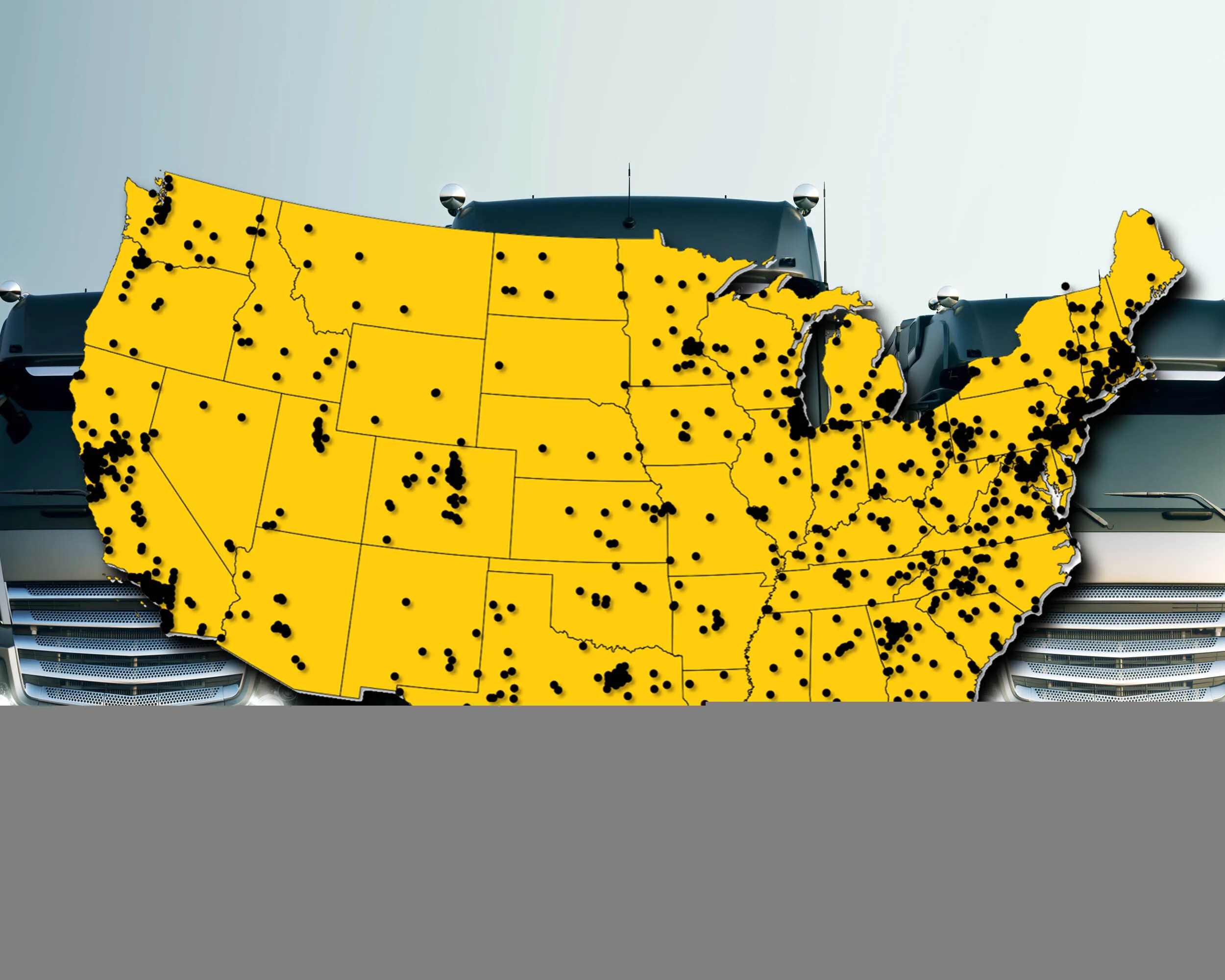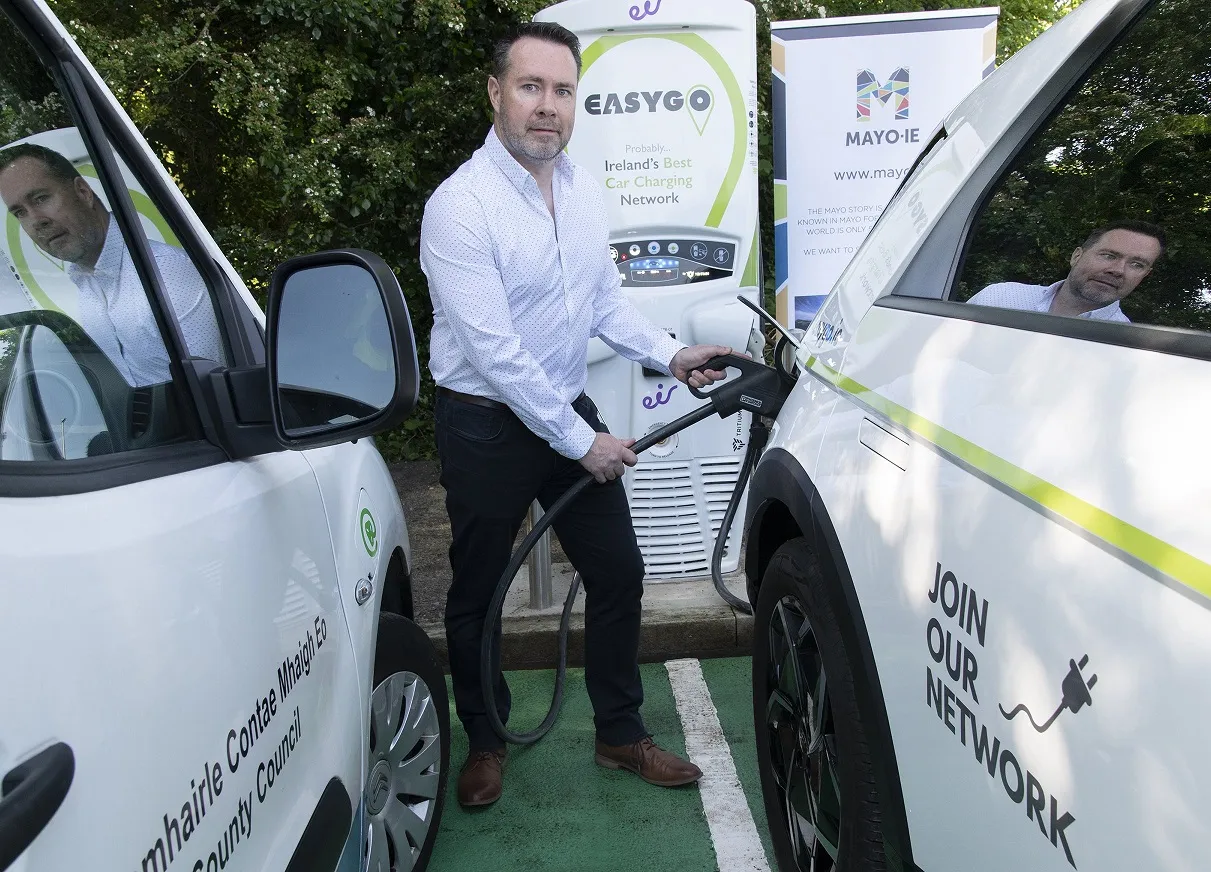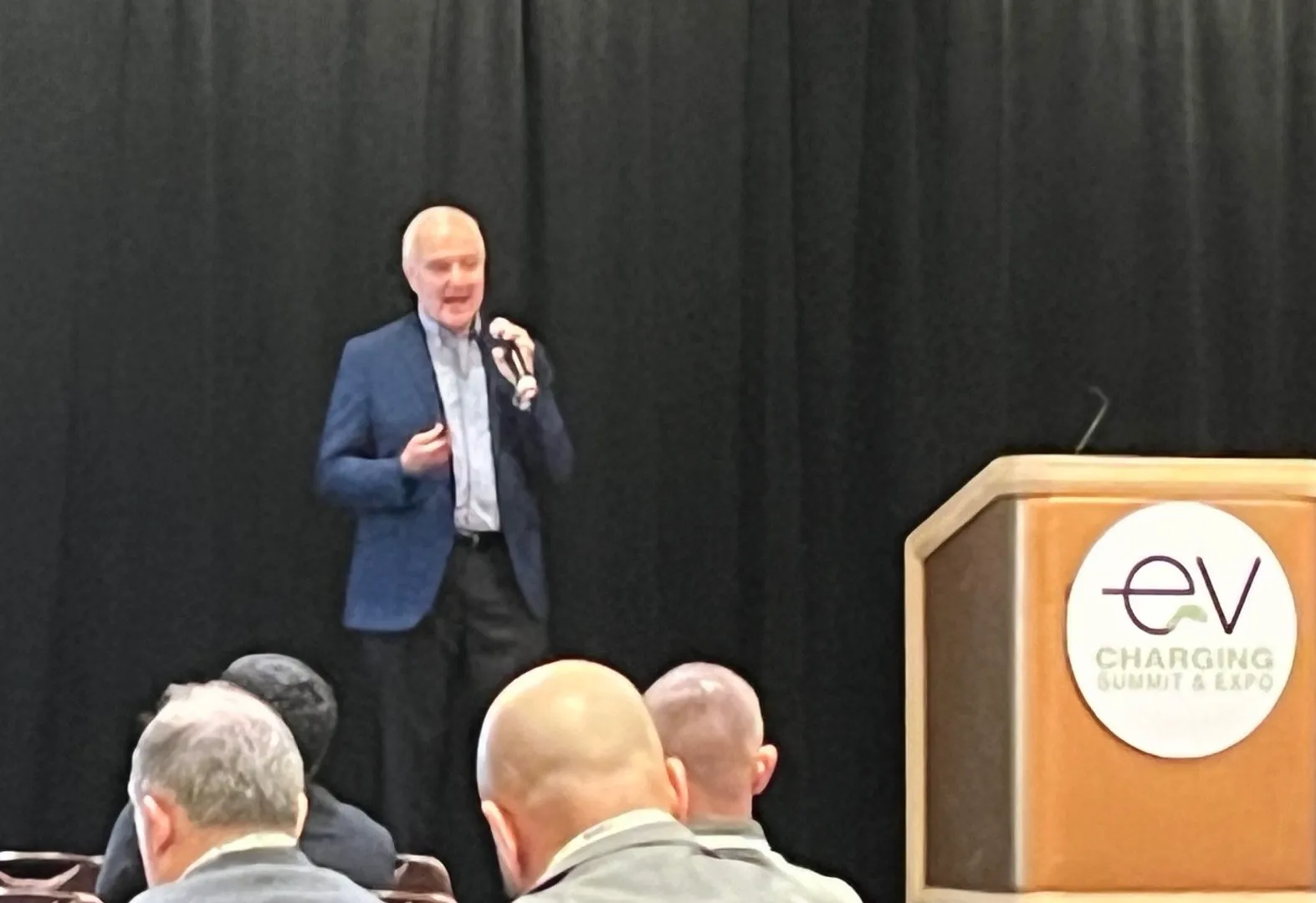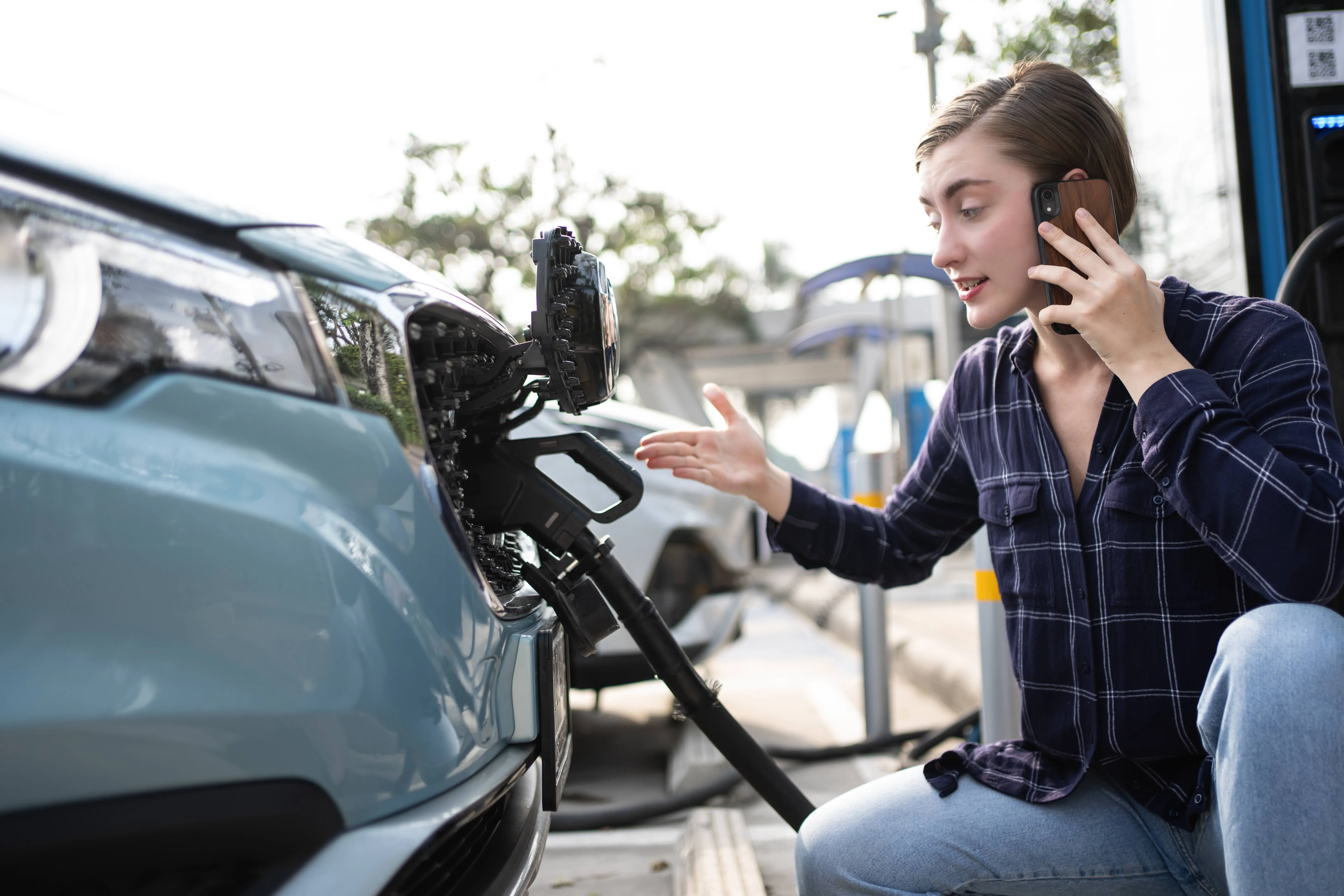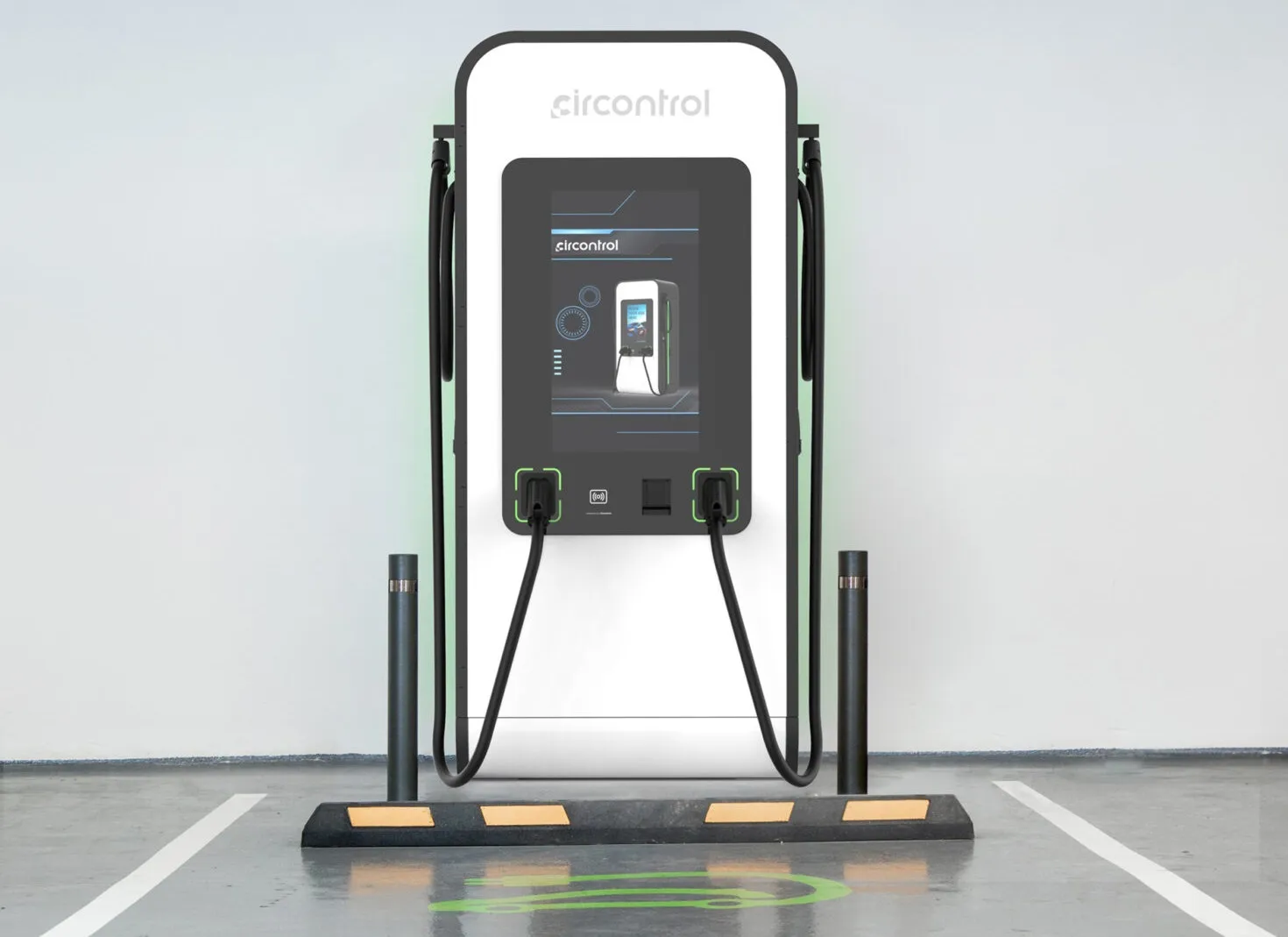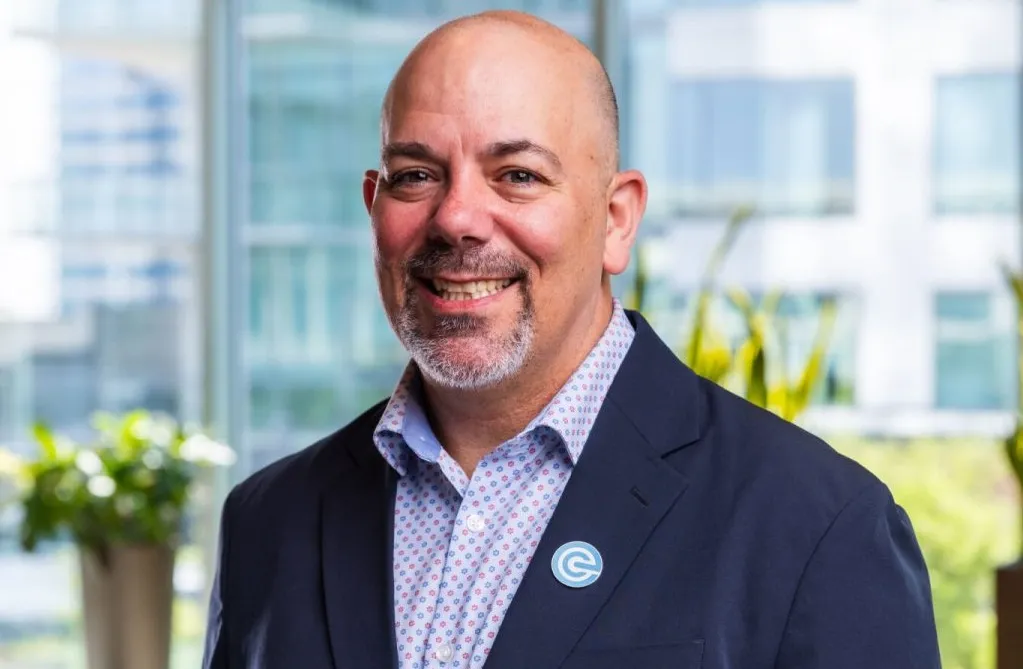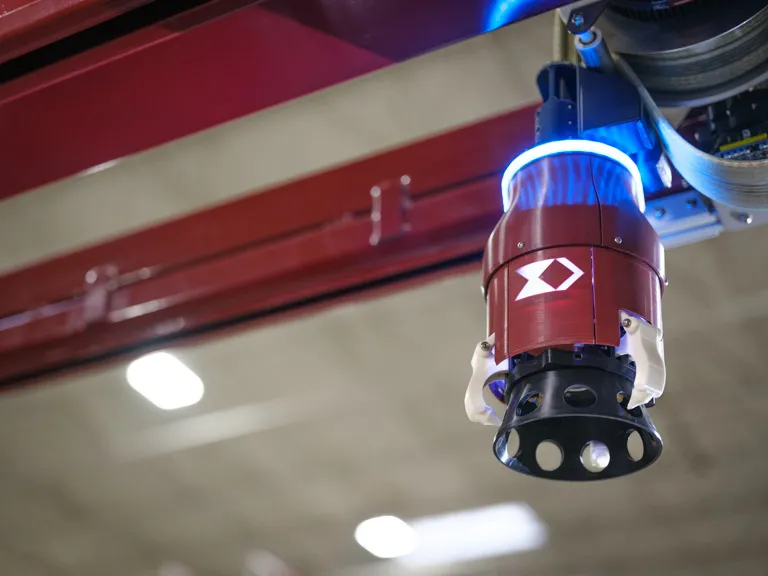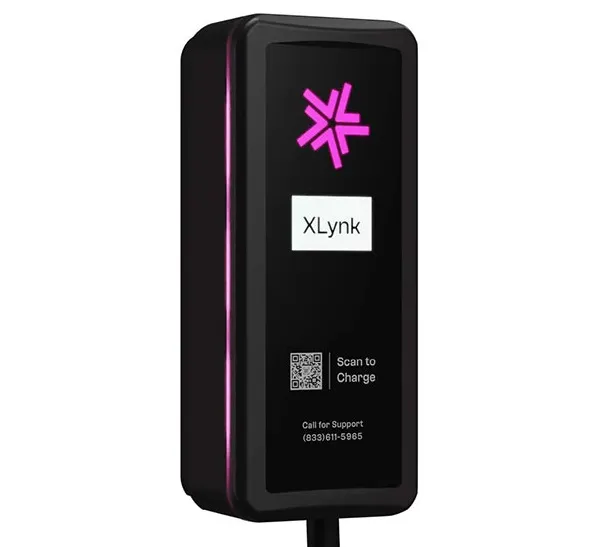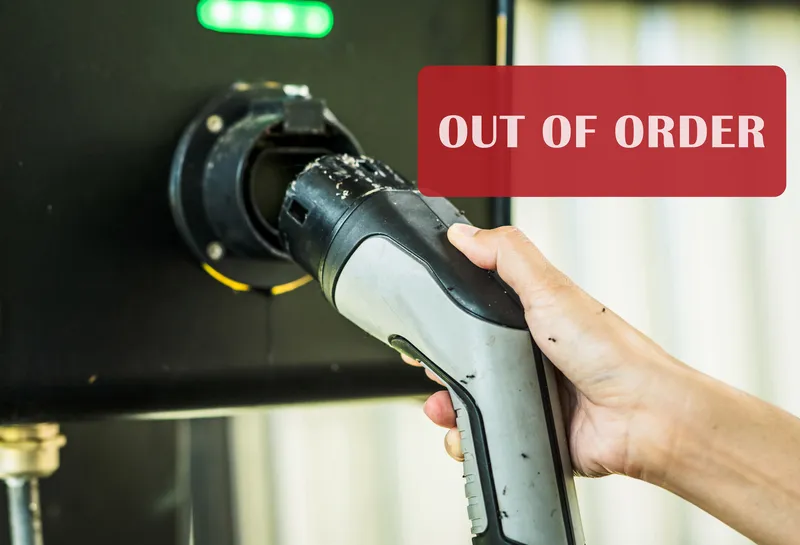
Maintenance is essential but Walter Thorn, senior VP of product and strategy at operations and maintenance services provider ChargerHelp!, warns that achieving high reliability is “actually quite difficult”, requiring a different approach to that applied to other electrical or computerised equipment. Networked EV charging stations have multiple data exchange failure points but only 3% of issues are electrical.
"Preventative maintenance involves regular scheduled activities identifying and preventing unexpected failures," said Thorn, speaking at the recent EV Charging Infrastructure Summit virtual conference.
"Regular onsite inspection is important because issues such as vandalism are not reported automatically. Broken equipment can be mistaken for an under-utilised site. A scheduled programme instigates detailed longitudinal analysis providing a reference point when unexpected breakage occurs. Monitoring component failure feeds into the maintenance strategy. Most manufacturers have prescribed inspection and replacement schedules for filters, fans, fuses/breakers and power supplies."
Thorn says that corrective maintenance means restoring assets after unplanned downtime and involves rebuilding and repairing power electronics, electric component and cable replacement, firmware configuration and update, and coolant and retractor system replacement and repair. An inventory of commonly damaged/failed components can then be maintained. Disconnects are made accessible and properly labelled. DCFC inspections and repairs should always include an EV test.
Maintenance coverage plans vary: parts only (excluding incidental damage or vandalism); labour only; operations and maintenance, involving parts and labour alongside monitoring and maintenance coordination. Service level agreements (SLAs) address specific issues. Automatic inclusion of preventative maintenance in a contract is unlikely but can usually be added on.
"Training is important," says Thorn. "ChargerHelp! has been working on a national standard to ensure technicians have the right skills.
"The optimal frequency of maintenance work depends on usage rates and environmental factors. Monthly checks may be recommended for high-usage areas. Some maintenance can be done remotely, for example, software faults in chargers or issues with data exchange between vehicle and charger or between charger and payment system. This can affect new vehicle models."
Thorn says that, generally, DCFCs are designed to be field-serviceable, and it is impossible to estimate typical repair costs because so much depends on equipment type and usage rates.


